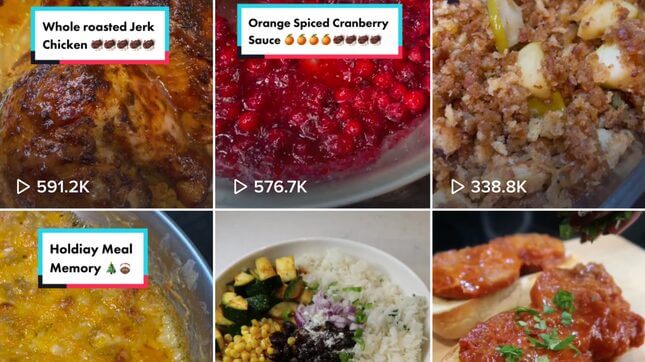The Voyeuristic, Hypnotic Pleasure of FoodTok
Latest

In 2020, New York Times restaurant critic Tejal Rao wrote about the dwindling adoration of the star chef. “For decades, the chef has been cast as the star at the center of the kitchen,” she wrote. “In the same way the auteur theory in film frames the director as the author of a movie’s creative vision, the chef has been considered entirely responsible for the restaurant’s success.” But following allegations of sexual misconduct against chefs like Mario Batali, and the increased spotlight on overworked and under-appreciated file-and-rank restaurant workers in the pandemic, the veneration of name brand chefs as singular geniuses has begun to fray.
So, too, has the veneration of expertly positioned food media. Last year the editor-in-chief of magazine Bon Appetit resigned after a photo of him wearing brownface, a revelation that ignited comments from the staff’s editors and writers about how they were underpaid and mistreated. The New York Times’s darling Alison Roman stepped back from her role as an on-camera personality and recipe writer after taking swipes at Chrissy Teigen and Marie Kondo. Recipes at once-reputable food outlets are frequently divorced from the cultures they come from; curries become “stews,” hot sauce and limes are added to mole verde for “visual contrast.”
-

-

-

-

-

-

-

-

-

-

-

-

-

-

-

-

-

-

-

-

-

-

-

-

-

-

-

-

-

-

-

-

-

-

-

-

-

-

-

-








































